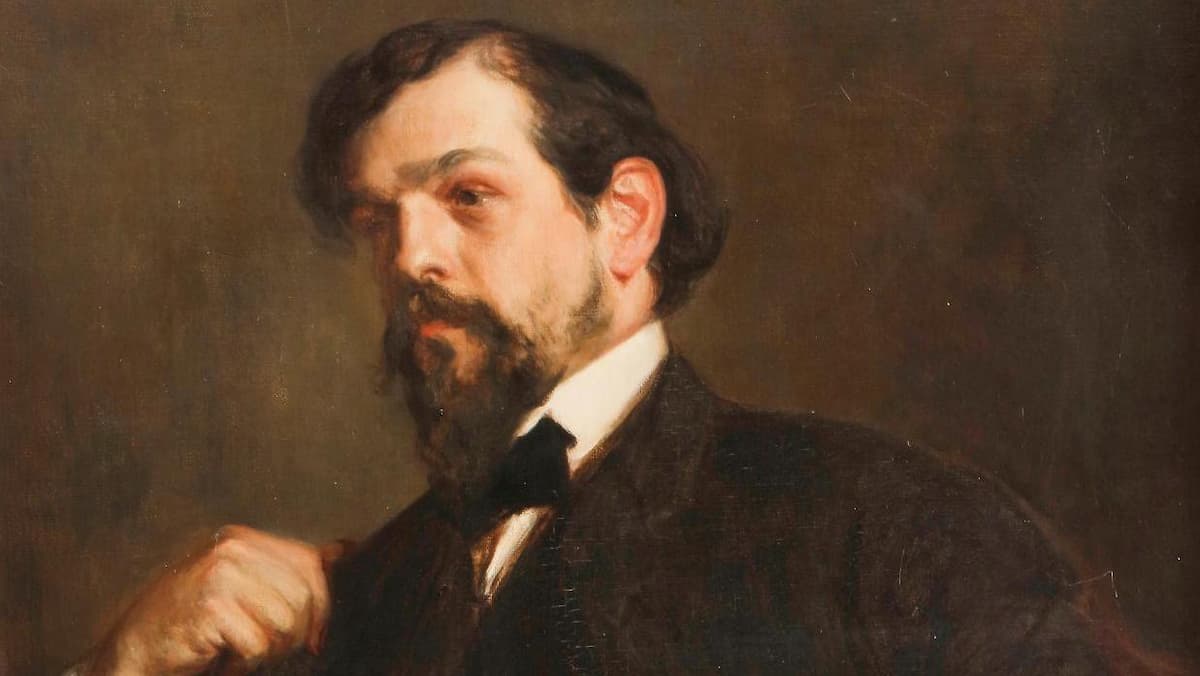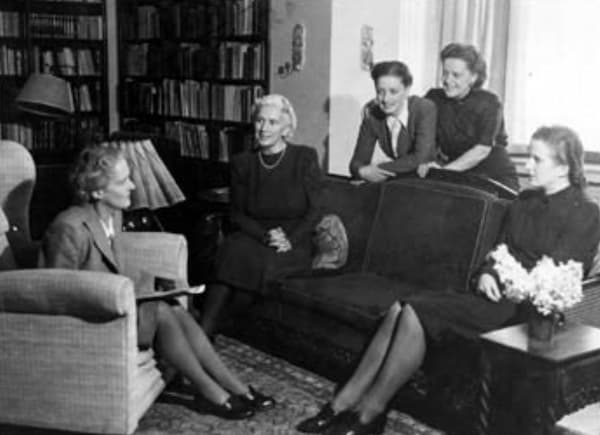Music directors of the major orchestras in the world do not typically come and go. A case in point, Eugene Ormandy was principal conductor of the Philadelphia Orchestra from 1938-1980 a total of 42 years. Not to be outdone, Zubin Mehta began his association with the Israel Philharmonic in 1961. He became their music director in 1977 holding the position for 50 years until 2019. Our own music director here in Minnesota, Osmo Vänskä after 20 years as the music director of the Lahti Symphony in Finland, became The Minnesota Orchestra’s music director in 2003. His last season was the 2021-2022 season.

Thomas Søndergård
Although the tenures of the past were long, currently Maestros don’t have contracts of many decades. The Minnesota Orchestra is therefore celebrating the arrival of the eleventh music director in their 120-year history, Danish conductor, Thomas Søndergård with a great deal of hoopla.
Thomas Søndergård: Taken by the Sound
What makes him (or any conductor) special? First the essential ingredient: a rapport with the musicians. From the first moments during a guest conducting appearance in December of 2021, it was evident that there was a spark between the musicians and Søndergård. “There was so much energy and focus from the Orchestra, and it was just there from the beginning. I immediately felt a connection. It was a moment I’ll never forget.” We in the audience could hear the excitement in the concert. Just as you might immediately know when you meet your soulmate, orchestras have personalities, and may instantly feel an inexplicable bond with a conductor.
Second, it helps immensely if the conductor has performed in an orchestra prior to becoming a conductor. Søndergård spent many years in the Royal Danish Orchestra as timpanist and from that vantage point, he learned what works and what doesn’t work when leading an ensemble from the inside. He later had to step onto the podium, to prepare the musicians for the debut of Danish composer Poul Ruder’s new opera Kafka’s Trial. Talk about a trial by fire. “Do I have the experience or gravity to stand in front of my colleagues,” he wondered? In the end, Søndergård was asked to conduct the entire world premiere production.
Third, a major orchestra seeks a conductor who has a proven track record. Experience is important. Often, the group will also look for a maestro who has a deep affinity to repertoire that the previous conductor may not have had. Although both conductors Vänskä and Søndergård are advocates of contemporary music, Vänskä was known for his powerful Sibelius interpretations as well as his propulsive recordings of the Beethoven Symphonies. We recorded all the symphonies of both composers. Vänskä didn’t program much French or romantic music.
Since Søndergård and the orchestra gelded with Strauss during his debut with the Minnesota Orchestra, in 2021 leading Ein Heldenleben, naturally he chose to feature two Strauss works for his debut as the new maestro—Don Juan and the massive Alpine Symphony with the lovely Mozart Oboe Concerto sandwiched in between.

© Royal Scottish National Orchestra/Sally Jubb
His second program featured two French works, Claude Debussy’s Prelude to the Afternoon of a Faun and the entire ballet score of Daphnis and Chloé by Maurice Ravel as well as Medea’s Dance of Vengeance Op. 23a by American composer Samuel Barber and a contemporary work by composer Lera Auerbach entitled Icarus. It was a fabulous performance. The delicacy and nuances of the music were beautifully etched. The Prelude to the Afternoon of a Faun, arguably Debussy’s most famous work, was a turning point in musical history. The vagueness, chromaticism, dreaminess, opening in a nebulous key, with its melodic pulls of tritones, three whole tone steps, were absolutely revolutionary. Søndergård had a lovely interpretation of this music.
Claude Debussy: Prélude à l’après-midi d’un faune (Lyon National Orchestra; Jun Märkl, cond.)
And the musicians had their work cut out for them with the huge technical challenges of the Strauss works.

Jacques-Émile Blanche (1861-1942), Claude Debussy, 1902, oil on canvas, 95 x 74 cm/37.4 x 29.1 in.
Later in the season, Søndergård will be conducting the romantics including Tchaikovsky, Rachmaninoff, Brahms, and Schumann, and of course more Strauss.
Richard Strauss: Ein Heldenleben (A Hero’s Life), Op. 40, TrV 190 – Der Held (The Hero) (Maya Iwabuchi, violin; Royal Scottish National Orchestra; Thomas Søndergård, cond.)
He has won several Grammy awards for his recordings and has collaborated with the world’s great orchestras and soloists, including cellist Johannes Moser and the Berlin Radio Symphony Orchestra with whom he recorded the Dutilleux and Lutowsławski Cello Concertos.
Henri Dutilleux: Cello Concerto, “Tout un monde lointain …” – V. Hymne (Johannes Moser, cello; Berlin Radio Symphony Orchestra; Thomas Søndergård, cond.)
Perhaps you already know that musicians are notorious for running conductors over the coals. A previous article (When Musicians are Asked for their Opinions on Conductors), although humorous and a bit of an exaggeration, is a case in point! It is therefore vital that the conductor gain the respect of the musicians and that he or she respects the musicians in turn. I am impressed by his statements so far, “The most important role of a conductor is to listen carefully and to quickly decide what is needed.” Søndergård believes successful music-making begins before any notes on the page are uttered. “I don’t think that I can get to a good result with anyone in front of me if I don’t start with love and respect.”
This bodes well for a remarkable tenure as the new Music Director of the Minnesota Orchestra and should prove to be an exciting new era for the musicians and the audience.
For more of the best in classical music, sign up for our E-Newsletter


